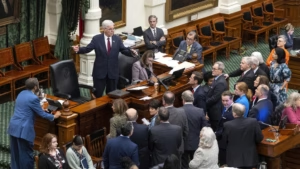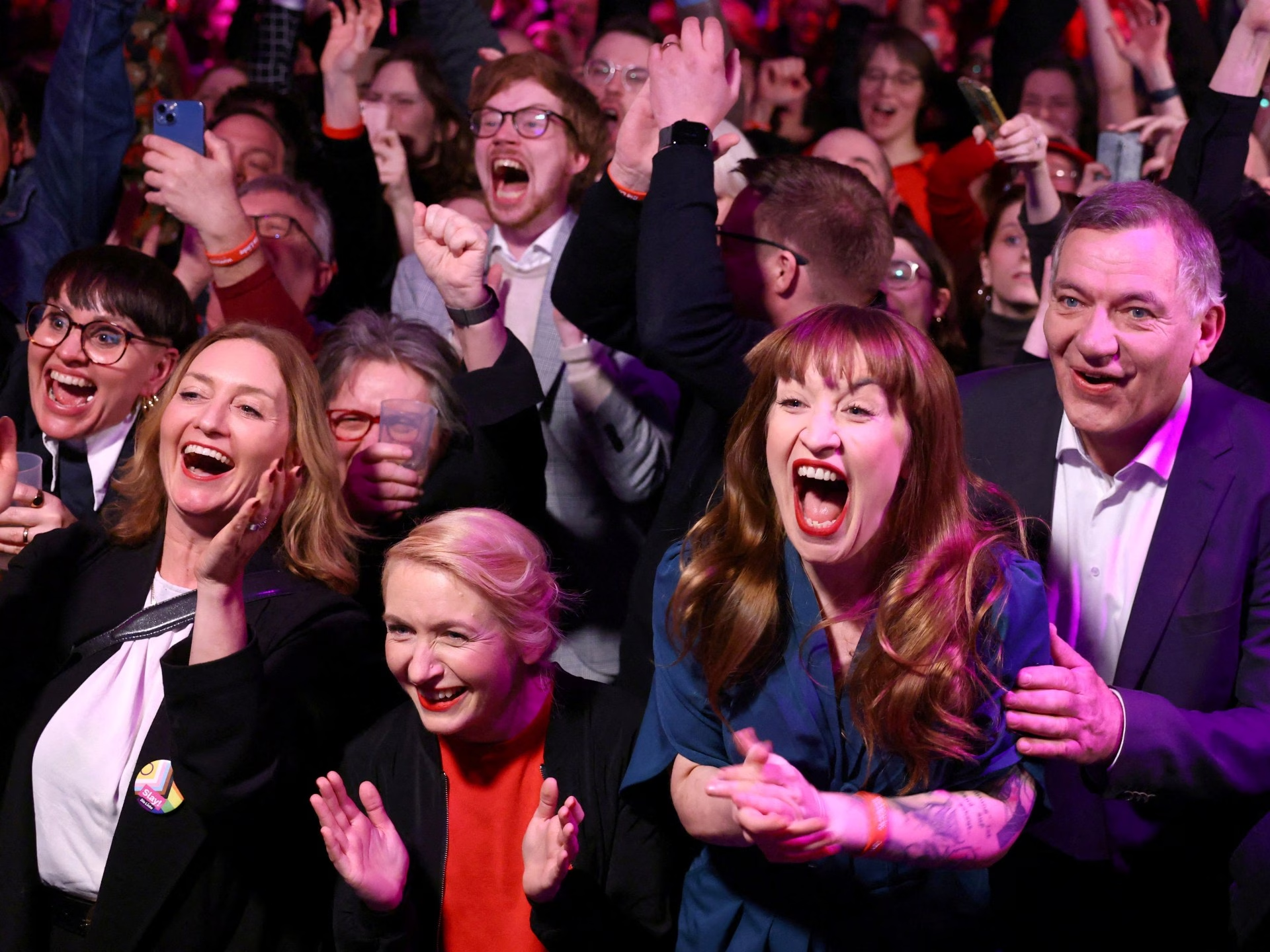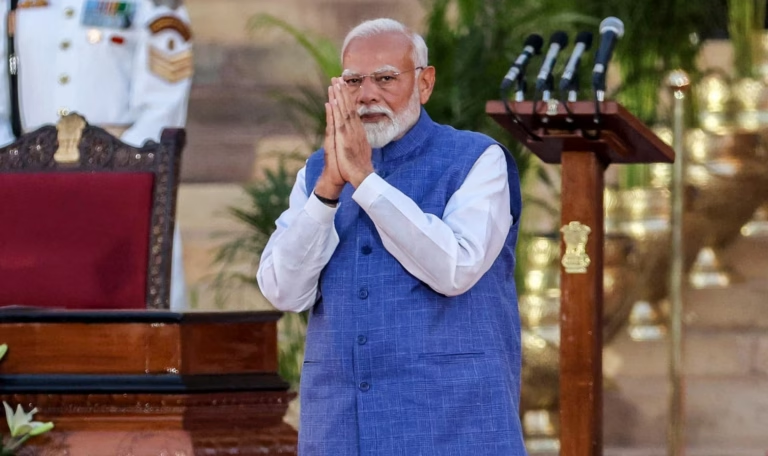Young Germans displayed a strong inclination towards the extremes of the political spectrum in the recent election, with a significant number supporting either Die Linke (The Left) or the far-right Alternative für Deutschland (AfD).
Despite the Christian Democratic Union (CDU) winning the federal election with over 28 percent of the votes and securing the most seats overall, young Germans showed little support for its leader, the 69-year-old Friedrich Merz. The CDU’s success came largely from voters aged 45 and above.
The AfD emerged as the second most popular party, gaining 20 percent of the votes, its highest result for a right-wing party since World War II. This increase in support, particularly among 18- to 24-year-olds, can be attributed to the party’s focus on stricter immigration policies, economic concerns, and its favorable stance towards Russia.
Die Linke, which was particularly popular among the youth, acquired 8.7 percent of the votes, exceeding pre-election predictions. This result marked a significant rise for the party, with young voters making up a substantial part of its support base.
The high stakes were reflected in the record voter turnout of 83.5 percent, the highest since German reunification in 1990. Frederick Merz is expected to become the new Chancellor, inheriting a nation deeply divided on issues such as immigration, economic challenges, and ideological differences.
In terms of how young Germans voted, Die Linke dominated with 25 percent of the votes from the 18- to 24-year-old demographic, marking a jump of 17 percentage points from the previous federal election. The AfD’s focus on immigration, the economy, and its Russia-friendly position attracted about 21 percent of the vote among the same age group, an increase of 14 points from 2021.
The CDU and its center-right ally, the Christian Social Union (CSU), secured 208 seats out of 630 in the Bundestag, with most of its support originating from individuals aged 45 and over. Only 13 percent of those aged 18 to 24 supported the conservative bloc.
Due to the lack of an absolute majority, a coalition will be necessary for the CDU to secure the minimum 316 seats required to form a government. The center-left Social Democratic Party (SPD) experienced its worst result since World War II, prompting Chancellor Olaf Scholz to step down as party leader. However, the SPD may still remain in government as potential coalition partners for Merz.
Reto Mitteregger, a postdoctoral researcher at the University of Zurich, noted that both Die Linke and the AfD, to varying degrees, successfully tapped into the concerns of young Germans during their election campaigns. According to studies, the war in Ukraine, poverty, and environmental pollution were the primary concerns for Germans aged between 12 and 25.
Mitteregger also highlighted that immigration andousing, economic, and poverty concerns were driving the growing popularity of the AfD among young people. While young men were more inclined to support the AfD due to its anti-immigration agenda, young women were more likely to back the left. These differing views on immigration and gender equality were found to be more strongly dividing the young population compared to the older demographic.
Die Linke, a socialist party, stands for an “immigration society” where everyone has equal rights and opportunities, with no deportations. The party’s strong social media presence and influential speeches contributed to its success among young voters, despite being somewhat unexpected.
Source: https://www.aljazeera.com/news/2025/2/25/how-afd-the-left-won-the-german-youth-vote?traffic_source=rss








